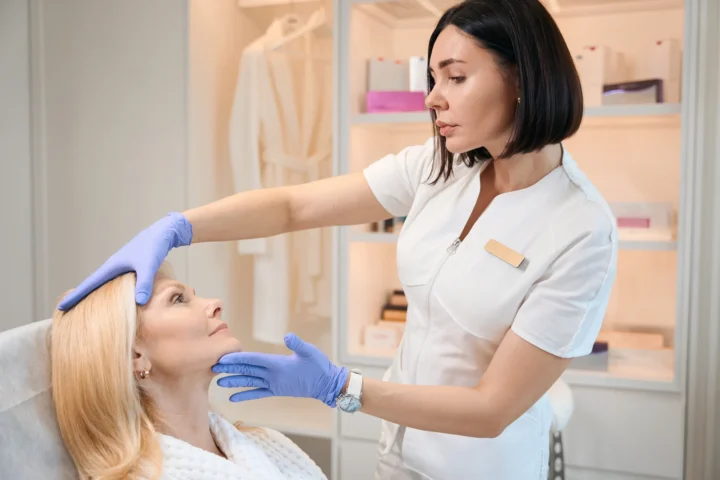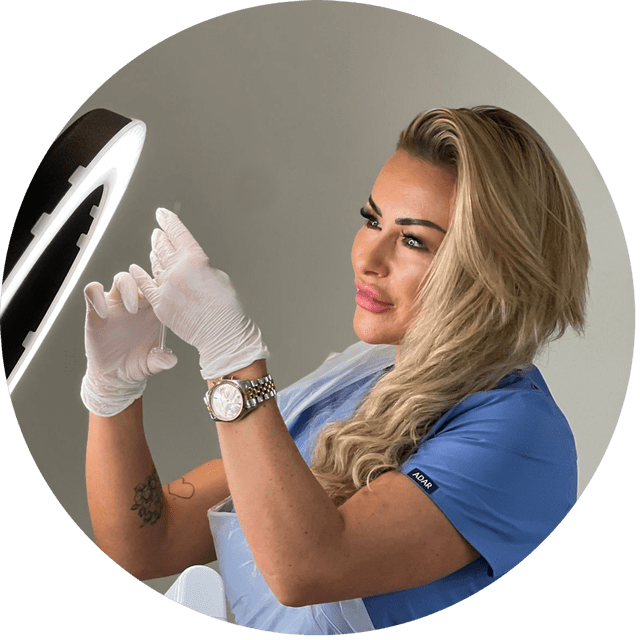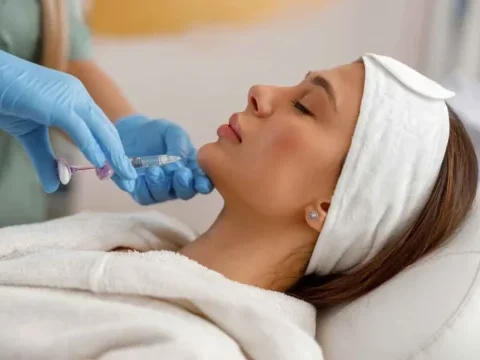and methods of monitoring the client post procedure
There is a huge need for monitoring clients post treatment and there are many methods of monitoring the client post procedure. Communication at any time is absolutely vital alongside being able to give clients advice if and when, they require it. The reason there is such a need for monitoring the client post-procedure is predominately for safety but there are lots of other benefits of monitoring clients after their treatment such as building a relationship, instilling trust, preventing legal issues from arising and giving them a sense of expert knowledge that clients can rely on.
Clients must be provided with an emergency contact number if any problems arise once they leave the clinic. This can be presented to them on an aftercare sheet with common FAQ’s and information about adverse events and times when clients should contact their aesthetician. Although this may alarm some clients, if a full consultation is carried out and potential risks explained beforehand then they should not panic and it should simply be useful. Resourcesfor aestheticians to present to their clients are invaluable, offering post-treatment guidance and warning signs if the dermal filler has caused an adverse event, including pictures and a description of possible vascular compromise. These resources can also include images of how to perform a capillary refill which can support the client until they reach the aesthetician and is a useful resource that can be used or modified to present to clients as a form of communication that signposts them back to the aesthetician for further advice and guidance if they are concerned. An emergency contact number can be written onto this sheet for the reassurance of the client with 24/7 access also.

Sending a capillary refill video to a client over message is also another good way of asking them to perform and video their own capillary refill time for example, if they are concerned, they have vascular compromise. Clients can then send their own to their aesthetician who can then review this video and advise on the next steps.
Contacting clients, post-treatment via call, email or text message is also good practice as it instils trust and promotes a good caring relationship between the aesthetician and client. Giving advice can reassure the client and encourages them to come back to the aesthetician if a problem were to arise. Many clients may go up to A and E and sadly, staff there may not know how to deal with the issue quickly and effectively, ‘Except for certain complications, such as anaphylaxis and visual loss, sending a patient to an Accident and Emergency department is often detrimental to their care, as these medical staff often do not have the necessary experience or medication to successfully manage the problem’ ACE (2023).
Although some clients may not listen to aftercare properly and take it into serious consideration, giving clients aftercare reassures clients that the aesthetician is the expert and it instils confidence in them, it also means that the client will be happy to return to the aesthetician in the future and means that they’re more likely to recommend the aesthetician to other people, Lowndes (2019).
In regards to offering aftercare and checking in on clients post-procedure, it also protects the aesthetician as well as the client, ‘By providing aftercare advice you minimise the risk of a compensation claim being made against you because you minimise the risk of anything going wrong. And by doing so, in the long term, you will be saving money because you minimise the risk of having to make an insurance claim’ Lowndes (2019).




